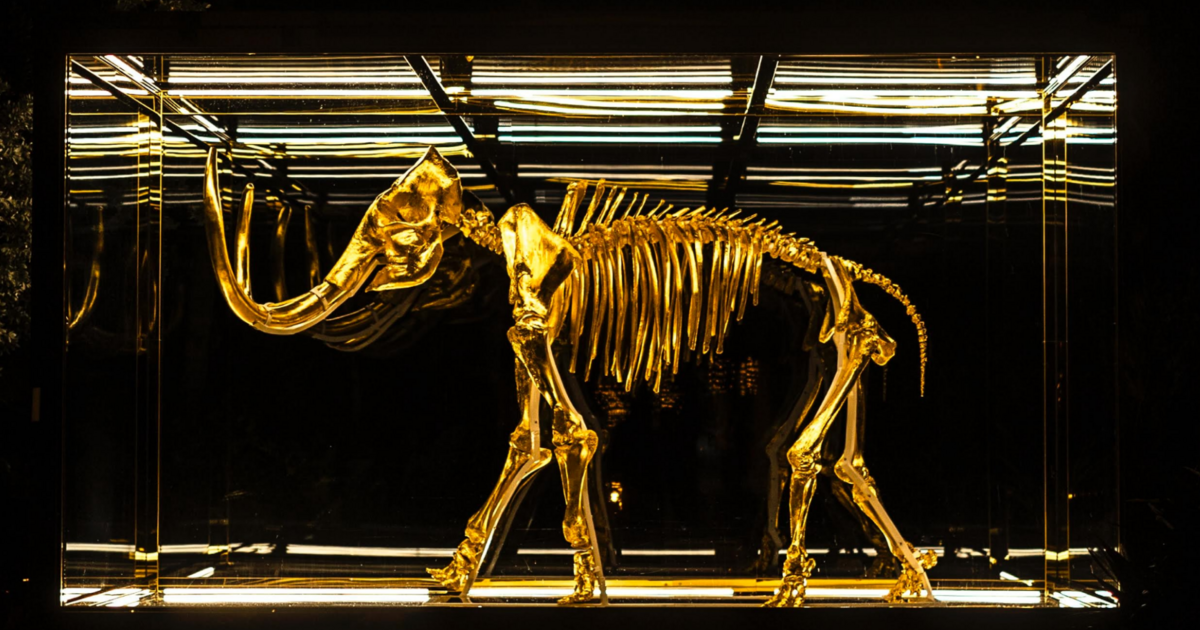Excerpt from "How to make your yard a friendlier place for #pollinators"
#Pollination doesn't only produce more plants – it also helps make fruits and vegetables larger, more abundant, and even more flavorful.
by Abby Jackson, January 22, 2024
The Cool Down [#US-based publication]
How to Support Pollinators in Your Yard
"Plants are the foundation for every living thing on our planet, and without pollination, plants would be unable to reproduce and our food supply would be at risk.
"Here are a few things you can do to support their safety and protect our food resources for years to come:
- Avoid #pesticides, #herbicides, and synthetic #fertilizers as much as possible.
- Choose flowering plants that produce pollen and nectar, that are native to your area, and that support a variety of pollinators. Avoid hybrid plant varieties, as they've been bred specifically for aesthetics and may have unattractive nectar.
- You can use the #NationalWildlifeFederation's #NativePlant finder to discover plants in your area that attract pollinators. The #AudubonSociety has a similar search that identifies native plants in your area that attract birds.
- Follow seasonal changes and diversify your yard with plants that bloom at different times of the year for year-round blooms.
- Remove #InvasivePlants and weeds when possible.
- Provide a hydration station. Birdbaths are hazards for many pollinators because they can easily drown in them and because they are preyed on by other animals. Filling a shallow bowl with pebbles or marbles to a low water level will allow pollinators to drink while sitting on a perch. [I do create "bee baths" with marbles and rocks. I will be very cautious if I decide to provide "bird baths" this summer]
- Provide nesting sides, like a #BeeHouse. [Old logs can be good for some bees]
- Use certain plants strictly as food for the larvae of pollinators to ensure they will have enough energy to grow and frequent your yard. For example, #MonarchCaterpillars [and #TussockMothLarvae] love to eat #milkweed, and #BlackSwallowtailCaterpillars feed on #parsley [I did not know this! I will provide some parsley for their consumption this year!]
"#Rewilding your yard with native plants and #clovers, designating a garden bed to attract pollinators, or even having a pollinator-friendly plant in a pot on your #balcony are other ways you can make your area a friendlier space for pollinators.
"Any action that helps pollinators is a positive action that benefits you and the animals and nature around you."
Read more:
https://www.thecooldown.com/green-home/how-to-make-your-yard-a-friendlier-place-for-pollinators/
#GardeningForPollinators #GardeningForBees #Gardening #SolarPunkSunday

